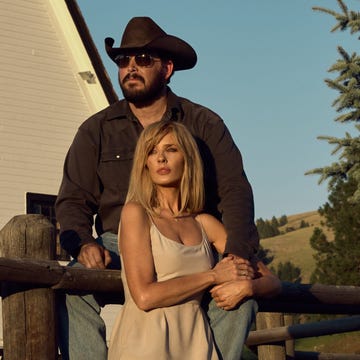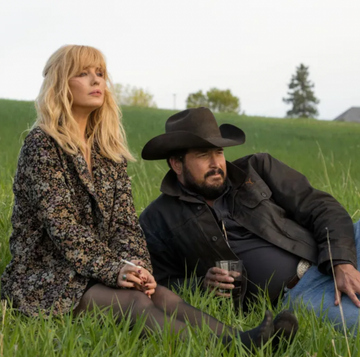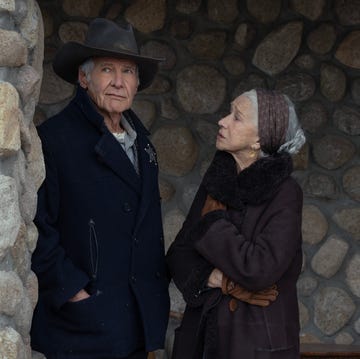If you've been watching Yellowstone since the beginning, you're probably all too familiar with the Train Station: a remote stretch of land near the Montana-Wyoming border that the Dutton family used to make, well... problems disappear. It's not a literal train station (there are certainly no tickets or tracks), but rather a code word for a place with no people, no law enforcement, and, as Lloyd (Forrie J. Smith) once put it, "no 12 jurors of your peers." Let's just say if you've been taken to the Train Station, it was your last stop.
Now, thanks to the Yellowstone prequel 1923, we finally know how the Duttons learned about this location in the first place. In season 2, episode 4 of 1923, Donald Whitfield (Timothy Dalton) is the first person to reveal the land's eerie potential. He explains to Banner Creighton (Jerome Flynn) that he's found a patch of government-owned land with no one around for miles. In his words, it's "perfect for disappearing someone"—which echoes language we've heard from John Dutton III (Kevin Costner) nearly a hundred years later.
And just like that, fans have their first glimpse into the dark legacy that would eventually become the Train Station. Whitfield doesn't name it, but the location, intent, and legal gray area make it pretty clear. According to Yellowstone lore, it's a county with zero population, meaning crimes committed there are nearly impossible to prosecute. The legal gray area is murky—and it's a loophole the Duttons fully take advantage of when all other options run out. In 1923, the first body is dumped at the Train Station is by someone with no connection to the ranch, but the land's purpose is firmly established. The rest, as Yellowstone fans know, is very grim history.
Whether it was Rip (Cole Hauser) handling loose ends or Lloyd taking care of business for his boss, the Train Station has become one of the most chilling yet iconic parts of Yellowstone. And now we know that the Duttons didn't invent the place—but they certainly carried on the tradition.














